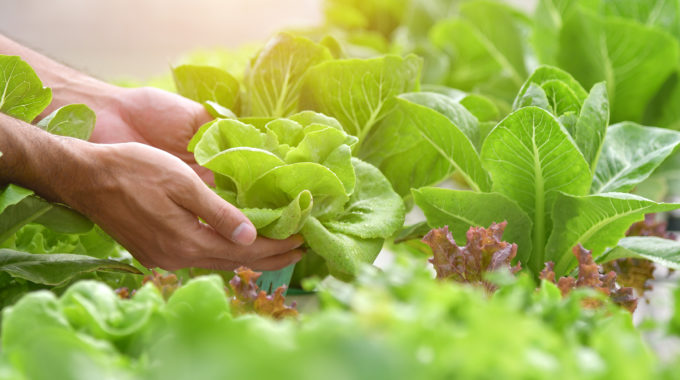Home gardening makes a comeback
Every cloud has a silver lining, says the old proverb. Since COVID-19 has hung its stormy cloud over our collective consciousness, that silver lining has come in many forms, one of which is a resurgence in backyard vegetable gardening.
Online gardening stores have seen huge increases in sales of everything from seeds and seedlings to planter boxes and garden beds, as urban Australians rediscover the simple pleasure of growing their own fresh produce. Tending your vegie patch is a great way to spend time when you’re stuck at home in lockdown. But it’s also true that many people have been inspired to start vegetable gardening out of anxiety over food security.
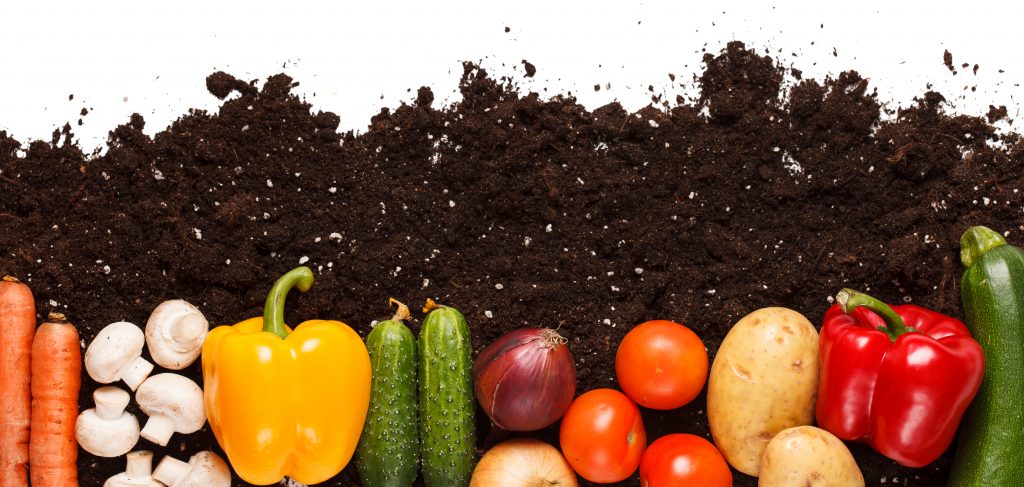
Gardening is good for you
While Australia isn’t going to run out of food any time soon, using urban spaces as a way to bolster the nation’s food supply isn’t such a crazy idea. A recent UK study by academics from the Institute for Sustainable Food at the University of Sheffield, found that growing fruit and vegetables in just 10 percent of a city’s gardens and other urban green spaces could provide 15 percent of the local population with their “five a day”.
“Even farming a small percentage of available land could transform the health of urban populations, enhance a city’s environment and help build a more resilient food system,” says lead author of the study, Dr Jill Edmondson.
However, Marc Noyce, CEO of Biofilta, which sells wicking garden bed systems such as Foodcube, believes the huge spike in sales that companies like his has seen is not just about food security. “It’s about sustainability; it’s about community resilience. And it’s about doing something together with your family,” he says. “Plus, it’s good for your mental health.”
And so, while many Aussies may start growing food out of an underlying anxiety, it’s likely they’ll choose to continue. There are just so many other rewards that gardening can offer.

Searching for greener pastures
Toni Porter has been an avid gardener for many years, originally growing her own vegetables and herbs in a small inner-Sydney courtyard. But a desire to live a more environmentally sustainable life away from the noise, crowds and hostility of the city inspired a move to the Huon Valley in Tasmania. She now lives here happily with her husband Andrew, her dog Tino, countless hens (all named after female rock stars) and a huge vegetable garden.
“I’ve always been a passionate cook and really focused on sustainable fresh food,” Porter says. “Particularly eating seasonally and the importance of knowing where your food comes from. So even in our small Sydney courtyard I always had things growing.
“As well as providing some of our food, looking after the garden was really vital to maintaining my mental health. Observing the plants growing, the insect and bird life doing their thing and noticing the change of seasons felt very calming and grounding to me.”

All set up and ready to grow
Porter now has a 5m x 11m, fully enclosed garden (to keep out the wallabies and possums, who can decimate a vegetable patch overnight). The combination of high- and lower-raised garden beds, ground-level growing space and strong mesh for climbers has allowed Porter to grow an abundance of fresh seasonal goodies.
“The mesh works well with snow peas, climbing beans and passionfruit,” she says “I’m even growing pumpkin vines halfway up the mesh at the moment. We recently finished harvesting the last of the summer crops. There’s zucchini, squash, heirloom tomatoes, beetroot, capsicum, cucumber and radishes. And we’re starting to pick our sweetcorn.”
This past season, Porter has also grown peas, lettuce, blueberries and strawberries. When we spoke with her, she had been busy clearing out some of the beds to make room for the next round of crops that will grow over winter.
In addition to her outside garden, she also has a greenhouse for growing seedlings. This also keeps plants safe from the icy wind that blows down the valley directly from Antarctica.
“I have some late-season capsicum and tomato in there now,” Porter says. “And I plan on experimenting with potatoes in grow bags over winter. Potatoes don’t like frost. So if I can get them happening in the greenhouse, it will really extend our growing season.”
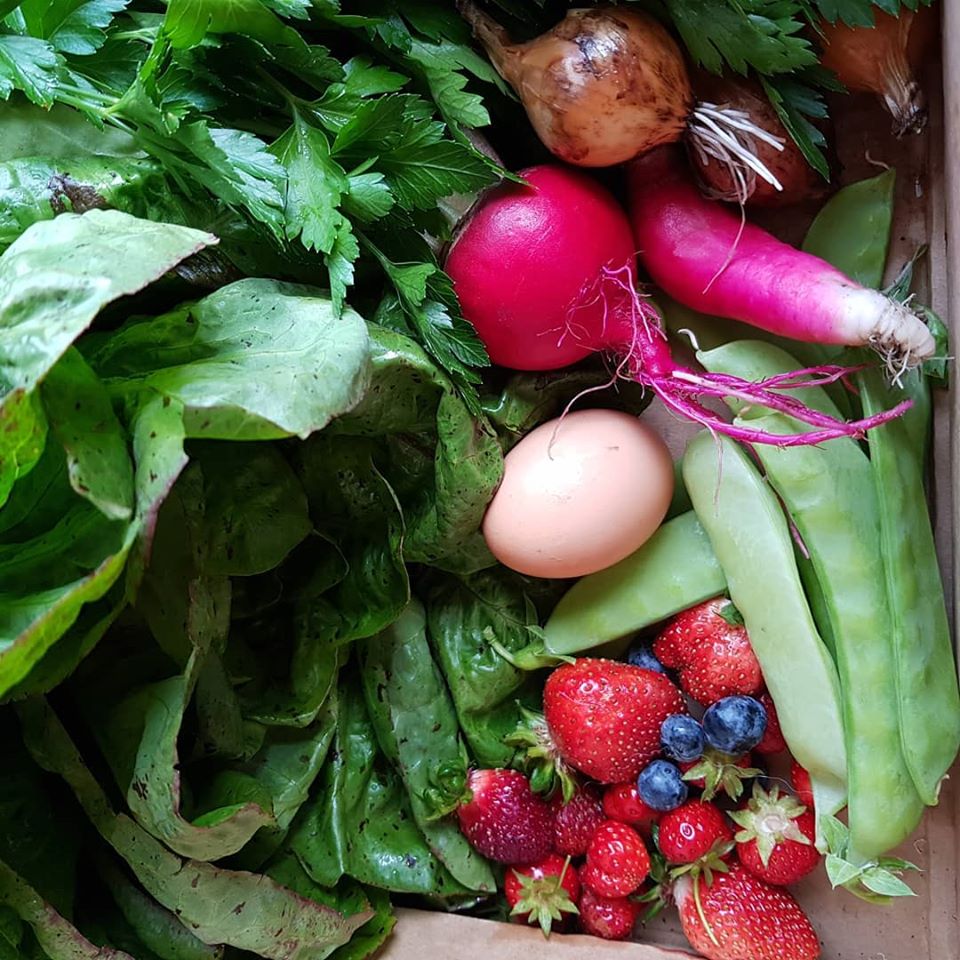
Beyond your own backyard
For those not fortunate enough to make the escape to paradise on the Apple isle, home gardening still offers many rewards. And the grow-your-own movement is expanding beyond the back garden, as people seek to make better use of their land.
“People are ripping up their front yard now to grow food,” Noyce says. “They’re doing it because they want to inspire others. And it’s about community spirit – growing and sharing food. Let’s say you grow tomatoes. When they’re ready to harvest you have so many you don’t know what to do with them all. So, you go down the road to your neighbours who have grown beets and you make a swap. It’s the old barter system.”
In the Huon Valley, the non-cash economy is thriving. While many households might not be earning much money, almost all have something to share with the community.
“Almost everyone is growing something, making something or has a skill or some kind of knowledge to share,” Porter says. “Here in our local community, swapping produce for other things you need – or just giving excess away – is a huge thing. As well as taking care of the practicalities of life, it also fosters a close sense of community and the idea of taking care of each other. It’s a beautiful way to live.”
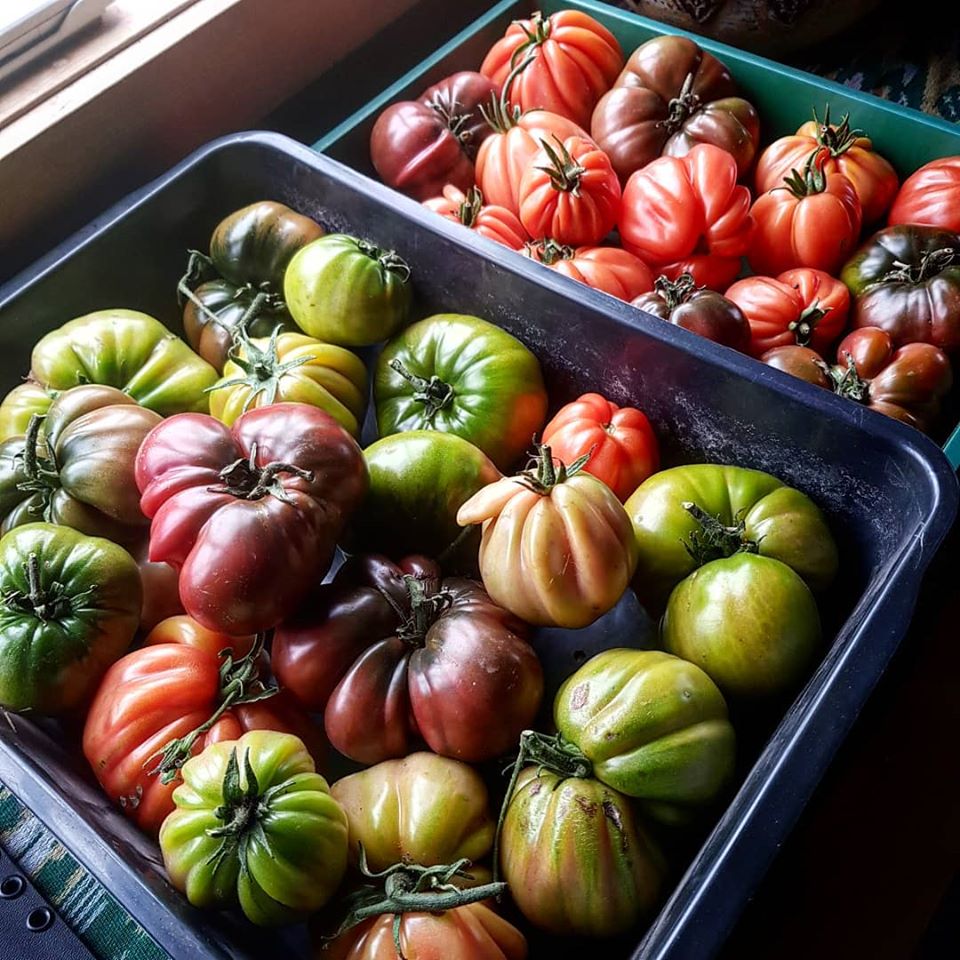
A chance to bloom
Like a wandering pumpkin vine, the benefits of gardening can extend much further than you might initially expect. It can potentially improve the physical and psychological health of eager green thumbs everywhere. Studies have linked DIY gardening to everything from a decrease in stroke and heart attack risk and an increase in overall vegetable consumption to an improvement in depressive symptoms and a more positive body image. It’s obvious that gardening is good for you – body and soul.
“There’s nothing more satisfying to me than heading down to the garden with my basket and secateurs to pick vegies for our table,” Porter says. “The joy I get from picking and eating a berry still warm from the sun, or shelling just picked, impossibly sweet peas never gets old.”
Gardening also fosters a stronger relationship with Mother Earth. It’s a relationship that humans once depended upon, but that modern living has crowded out. Getting back to nature by getting our hands dirty and growing our own food could potentially help humanity to once again appreciate the beauty of our planet… And the importance of protecting it.
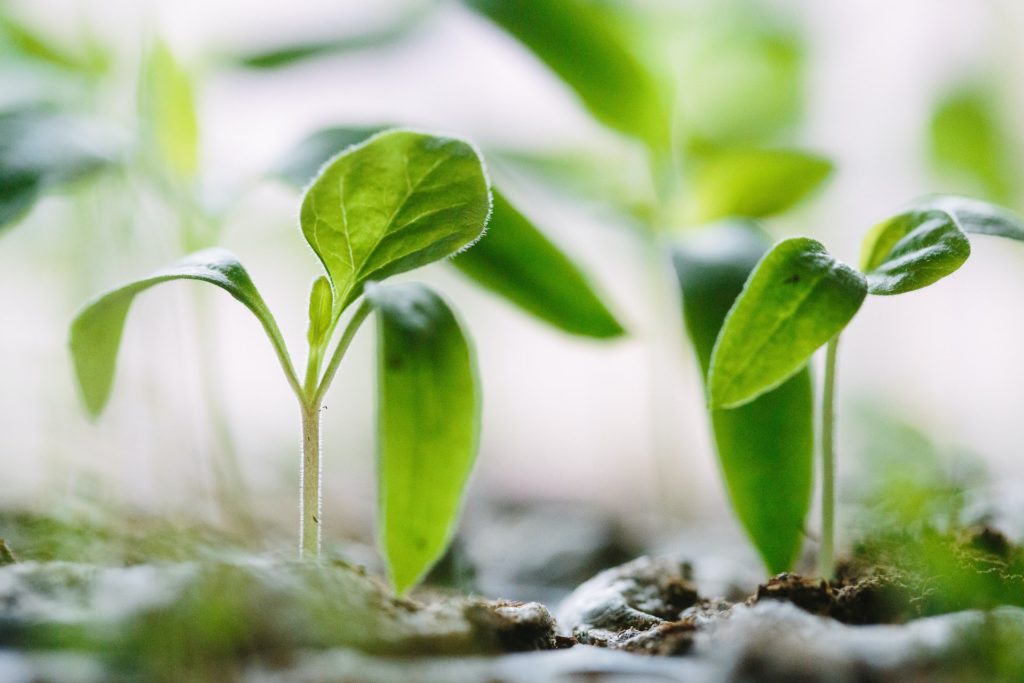
Hope for tomorrow
“There’s a sense of security in doing for ourselves,” Porter says. “Knowing where our food comes from, that it was grown with no pesticides, that it hasn’t impacted negatively on the environment by travelling long distances to get to us, or sat in a supermarket chain warehouse packed in plastic. Growing and harvesting your own food also forges a stronger bond between you and nature, the seasons and the elements. It’s magic stuff!”
They say the world will be a different place post-COVID. It’s possible that this new world will be one that’s a little greener – and perhaps also a little happier. Gardening and being rewarded with fresh, vibrant and healthy food can remind us all of the importance of living in the now. It can also help us look to the kind of future that we want to grow.
Porter shares a quote from Audrey Hepburn: “To plant a garden is to believe in tomorrow”.
“There’s an intrinsic optimism in planting a seed or looking expectantly at your crop each day as it sprouts and develops,” Porter says. “It also reminds you that things are always changing. That nothing in nature is static, including us.”


